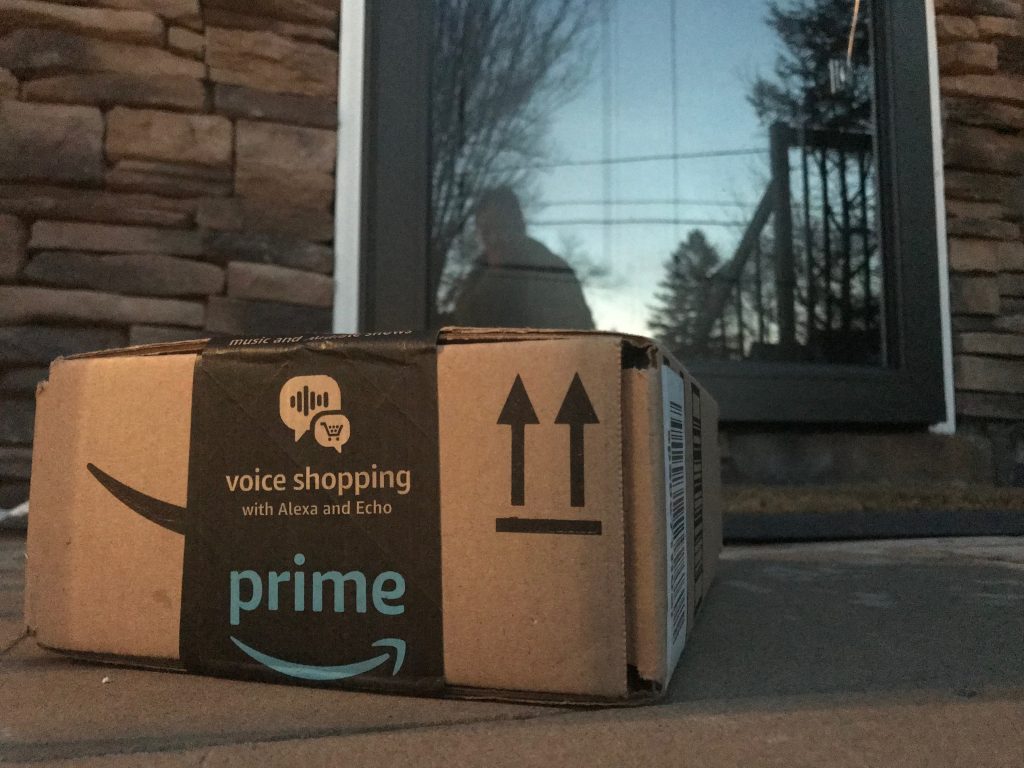What would happen if Amazon disappeared off the face of the earth? Would there be a massive change in the average lives of American and global consumers? Turns out, Amazon has more control over society than one might expect. This tech giant has grown to be one of the world’s most innovative companies, attaining a whopping 300 million users by December 2, 2017. In a survey done in 2017, it was found that Amazon’s 80 million Prime members spend approximately $1,300 per year and non-members spend about $700 per year (according to a report done by CIRP). Today, these numbers are on the rise. In the absence of such an influential company, society would see prodigious effects. Countless small businesses would begin re-opening and thriving all across America. Chances are, many people would have to leave the house more often in order to shop and would have to get used to reverting back to face-to-face shopping. Those who rely on Amazon overseas would suffer a loss of products that they would no longer have access to. And several people who use Amazon as their retail base would struggle to find work in the real world apart from the internet. As long as Amazon persists, they are sure to continue to influence millions.
But how does Amazon ensure their expansion and growing support, and how did they become such a powerful force in society? Unfortunately, Amazon has not always been the “good guy”. They have been found avoiding taxation in several different ways, crushing competition and violating privacy. Amazon uses precisely calculated algorithms to see what we see and what we know, shape opinions, and alter our world views. This is because every transaction is recorded and used to compute a series of products that you might want to purchase based on the products you have browsed in the past. Essentially, Amazon knows more about you than what is comfortable.
In order to secure member support and obtain consumers, Amazon heavily relies on consumer psychology. For example, Amazon creates a false price perception to make consumers believe that they are buying the cheapest product on the market. Contrary to popular belief, Amazon does not have the lowest prices across the board. In fact, Amazon actually identifies the most popular products on its website and makes sure that they’re on sale for lower prices than the competition. However, it often sells accessories that one might simultaneously buy for higher prices, creating the impression that the retailer is always price competitive which makes the website so appealing for shoppers who enjoy comparing retail prices. Another way that Amazon deceives its consumers through subconscious appeal is by creating a sense of time urgency and reminding shoppers of the scarcity of the product. These features send subliminal messages to shoppers that drive them to feel pressured into spending more right away for fear that their product might go out of stock.
Due to immense power and influence stored in Amazon and other tech giants, well-known chain companies have been suffering. For instance, Amazon has been partially held responsible for the bankruptcy of two large former companies: Toys-R-Us and Borders bookstore. Borders’ failure to keep up with the rapidly expanding e-books and Amazon products such as the kindle ultimately led to their downfall. Meanwhile, Barnes and Noble has managed to stay open due to their efforts to comply with Amazon and to create their own kindle-esque creation, the nook. Besides books, the toy business has been struggling. Amazon’s sale of a wide variety of toys not necessarily available at Toys-R-Us locations led many to choose online purchasing through Amazon over going to the store. Heavily discounted toys caused many parents to switch their loyalties. Perhaps Amazon did not intend to facilitate the collapse of such large chain companies, but whatever the case, these establishments are now a distant memory.
Without our knowledge, this powerhouse of ze-commerce has been strategically planning out its quest for more and more power. Beginning as a humble online book store, Amazon has managed to build upon its original platform and drive sales by increasing its fronts for retail. For instance, purchasing Whole Foods was a calculated move made on behalf of Amazon’s Jeff Bezos in order to actively increase their business fronts. They have also opened up several bookstores across America in the recent years in order to physically bring their online products to malls and shopping centers. Thus, Amazon has not only managed to maintain its presence online, but also has begun to enter into the average places that people visit on a day to day basis.
But possibly the largest force in the influence of Amazon is the ability of this company to foresee and meticulously calculate their every step in order to ensure leverage over other companies. The world of commerce is progressing towards a new era with a drastic change in society- and Amazon is spearheading this departure into the unknown. What will the future of Amazon bring? One can only imagine the bountiful opportunities waiting to unfold.
Derya Ekin
staff writer
Graphic: Ryan Rhew

